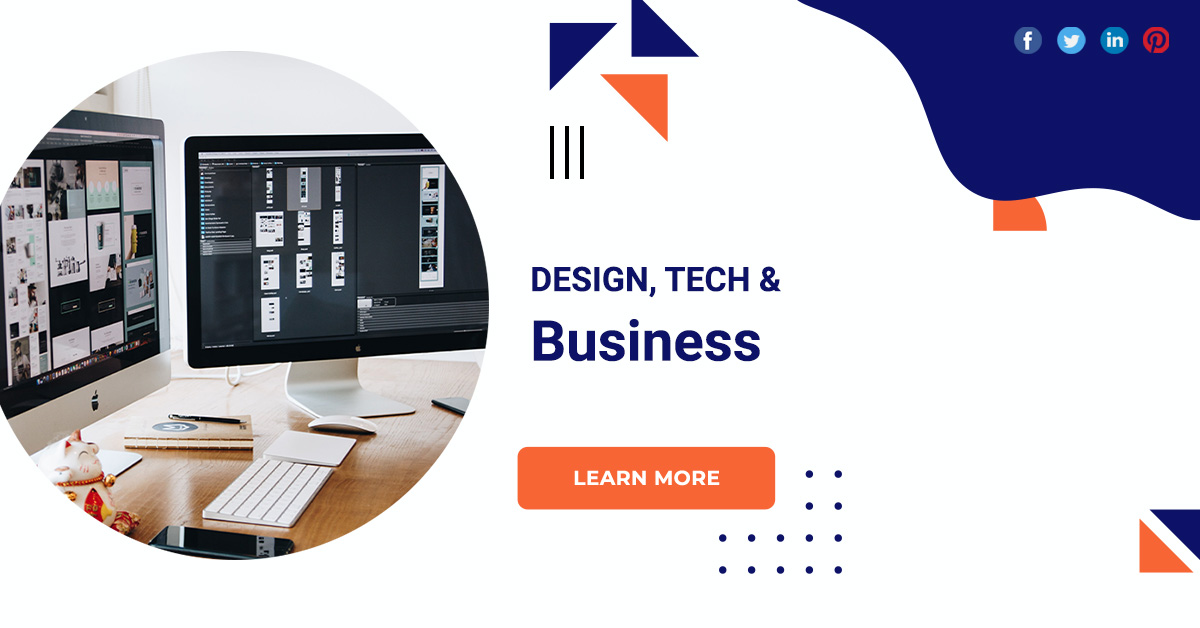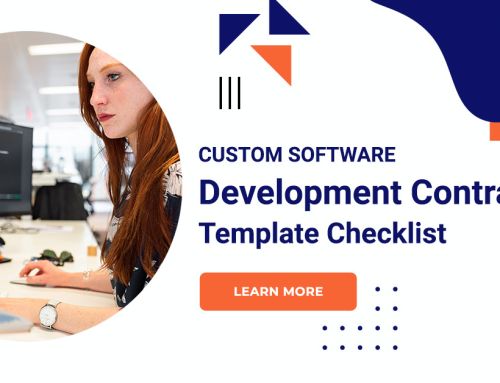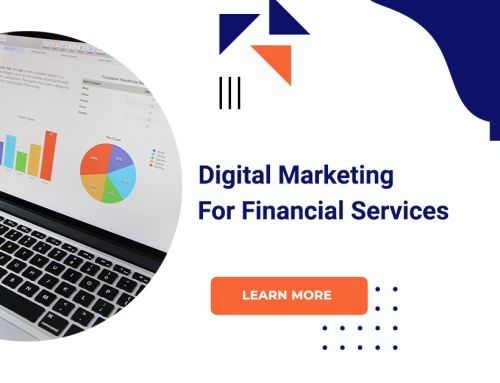Design, Tech & Business
A design is a plan or specification for the construction of an object or system or for the implementation of an activity or process or the result of that plan or specification in the form of a prototype, product, or process. The design usually has to satisfy certain goals and constraints; may take into account aesthetic, functional, economic, or socio-political considerations; and is expected to interact with a certain environment.
Design, tech & business
Business benefits of design
Evidence shows that using design improves business performance. Businesses that undervalue the importance of design may be missing vital opportunities. Design can bring a range of commercial benefits if used systematically across your business and increased sales of your products or services, improved market position relative to your competitors, a stronger identity for your business, the ability to create new products and services and open up new markets, reduced time to market for new products and services.
Designing for your customer
The effective use of design gives customers a reason for buying from you and not from your competitors. It’s a valuable source of differentiation – a well-designed product or service will stand out from the competition.
Designing for efficiency
But as well as enhancing the products and services you sell, design can also improve the way your business operates the efficiency of its processes. As well as increasing the value of your products and services to customers, design can cut production costs. It can also make processes and the use of materials more efficient and environmentally friendly, helping businesses comply with sustainability regulations and legislation.
Make design part of your business strategy
Design deserves more attention than it frequently receives from business owners and managers. It’s often seen as a finishing touch in product or service development – something to be used after the strategy has been formulated, key decisions have been made and budgets have been allocated.
Using design to improve product development
Designer have hundreds of tools and ways to ascertain problems, conduct research, ideate solutions, and explore use cases to find the best path forward. While designers study and train to create value for the product and for customers, the design thinking methodology can be used anywhere, from product development and finance to customer service. Design thinking was born out of big corporations’ lack of ability to be creative and create new products and services that serve the unmet needs of their customers. The design thinking process considers people’s ethnographic background, behavior, thinking, motivations, habits, and needs.
Challenges of innovation
Superior solutions
The risk is that some teams may get indefinitely hung up exploring a problem, while action-oriented managers may be too impatient to take the time to figure out what question they should be asking.
Lower risks and costs
Uncertainty is unavoidable in innovation. Unfortunately, people often find it easier to kill the creative ideas than to kill the incremental ones.
Proven ROI gains from design thinking
Measuring the return on investment of design thinking can be a challenge in any organization. More challenging still, the changes to your business’s operations may not directly reflect the product’s overall change in performance compared to the previous workflow.
Conclusion
Market research can help companies understand those criteria, but the hurdle here is that it’s hard for customers to know they want something that doesn’t yet exist. It’s also widely accepted that solutions are much better when they incorporate user-driven criteria.







